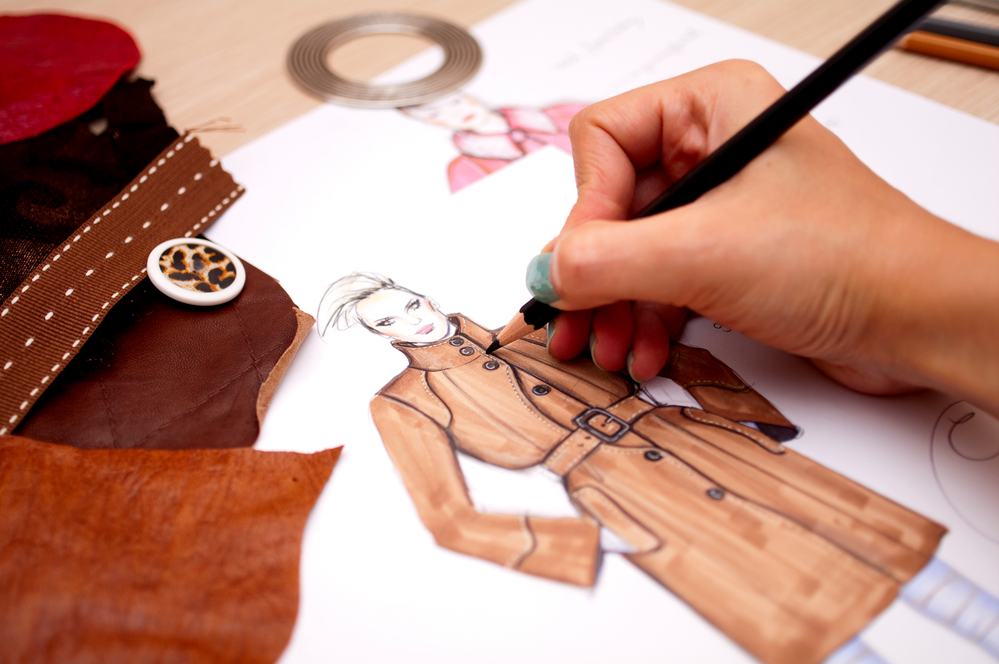
In 1929, fashion company Cheney Bros. sued Doris Silk Corp. Why? Cheney Bros. would develop about a dozen textile designs per season. Doris Silk Corp would wait to see which of those designs were most popular, then simply copy those, foregoing the cost of development, including payment to any original, creative fashion designer.
A copyright registration can take 6-8 months to issue — if everything goes smoothly. And a design patent (for ornamental innovation) takes at least that long. For the Cheny Bros., even if expediting the patent process, it was too pricey to patent a dozen designs when only one or two designs would justify the expense. By the time Cheney Bros. knew which designs were worth patenting, Doris Silk would already be selling imitations in the market. So, Cheney Bros. tried to sue under “common law” copyright — i.e., copyright without a registration.
As Judge Learned Hand explained in his Second Circuit (New York) decision, there’s no enforcement for so-called “common law” copyright. Only registration with the U.S. Copyright Office gives a party the “keys to the courthouse.” Judge Hand referred Cheney Bros. to the legislature. After that decision, new statutes have passed, making it easier to register copyrights in textile designs.
Design Copyrights in the 21st Century
The overall design of apparel is still difficult to protect. True, an unknown designer shouldn’t be able to stop Henry Poole from using, for instance, a notched lapel on its suits. But a quick Internet search of Alexander McQueen’s Plato’s Atlantis collection will convince even the casual observer that there’s more to designing clothes than a pretty pattern with one neck hole and two sleeves.
This issue is currently playing out in Hollywood, where Disney has successfully licensed a fashion line based on the movie “Cruella.” Costumes for that film were designed by Jenny Beavan, a 70-year-old veteran of her trade. She has 10 Academy Award nominations, taking home Oscars for her work on “A Room with a View” and “Mad Max: Fury Road.”
As a member of the Costume Designers Guild, Beavan received her union wage. Yet, without so much as a tweet or a whisper to Beavan, Disney licensed her designs to Rag & Bone for its “Cruella”-inspired collection. Beavan hasn’t received a penny from this license.
This has happened with several other movies, as well, such as “Birds of Prey,” “Clueless,” and “Girl with the Dragon Tattoo.” Exploitation of the costumes doesn’t stop at fashion lines, but often includes other merchandise, including toys and Halloween costumes. It’s laudable that the motion picture industry has found ever-increasing ways to squeeze money from its intellectual property, providing goods that the public clearly enjoys.
Again, a casual observer doing a quick internet search can find innumerable “statements of support” for equity from studios, producers, directors, etc.. Therefore, including a septuagenarian woman in the profits stemming specifically from her creative work would seem to be a no-brainer.
This reminds me of my college days, when the person talking most about romantic conquests actually had the least activity in that arena of life. Or after college, when the people talking most about their clever business deals and financial victories often turned out to be the least secure in their career. With Hollywood telling all who will listen about how much it dearly cares about equity, I wonder what’s going to happen next.
David Faux, Esq.
Law Office of David H. Faux, P.C.
Office: (855) 905-5031
Email: davefaux@dhf-law.net








